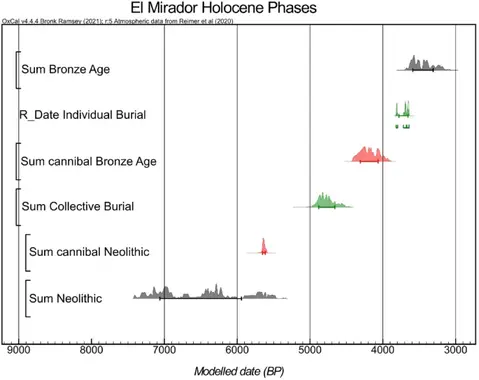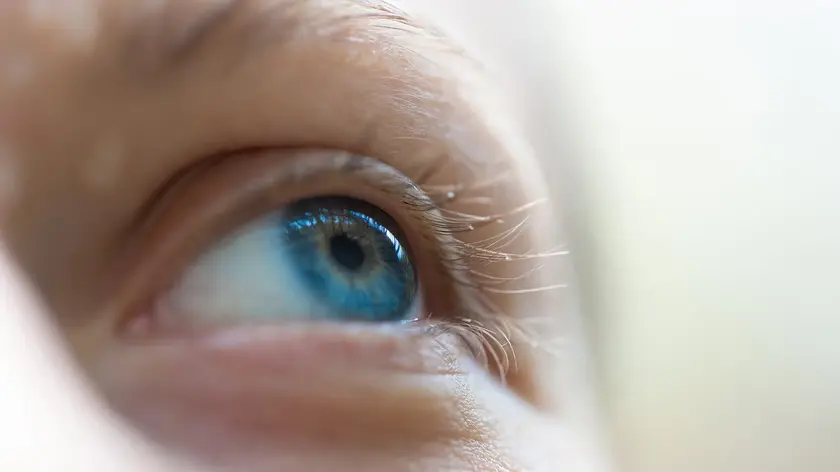T4K3.news
Research shows aging affects color perception
A recent study reveals that older adults may perceive colors as less vibrant than younger individuals.

Changes in how we perceive color can reflect the aging process and its impacts on our brains.
Aging dims color perception and alters our view of the world
Recent research highlights a troubling truth about aging: our perception of color may diminish as we get older. The Science Museum Group in the UK notes an increasing prevalence of gray objects in everyday life, prompting questions about whether the world is genuinely less colorful now than in the past. Studies show that factors like cataracts or glaucoma can alter our color perception, but interestingly, there is also evidence suggesting that our brains may become less sensitive to color saturation as we age. In a 2023 study by Dr. Janneke van Leeuwen, older adults rated colors as duller than younger participants, indicating that the changes might originate in the brain rather than the eyes.
Key Takeaways
"Many older adults experience vision declines without developing dementia."
This clarifies that aging affects color perception independently from dementia risks.
"The decline in sensitivity to color saturation in healthy aging originates in the brain, not the eyes."
This emphasizes the neurological aspects of aging and color perception.
"Older adults seem to evaluate more saturated colors more positively than younger adults."
This finding suggests aging individuals benefit from vibrant colors in their environment.
"The brain's response to color saturation reflects both visual detection and processing."
This highlights the complex relationship between eye health and cognitive function.
The implications of this shift in color perception are significant. As our understanding of how aging impacts the brain evolves, so too does our insight into potential associations with conditions like dementia. With up to 15% of global dementia cases linked to issues in color perception, earlier interventions through eye exams could play a critical role in managing cognitive health. This research encourages a broader conversation about how our environment and experiences might shape not just how we see colors, but also how we engage with the world around us as we age.
Highlights
- Color isn't just seen; it's experienced differently as we age.
- Older adults may find the world less vivid than younger ones.
- What we perceive as dull may stem from our brain, not our eyes.
- Eye health impacts not just vision but our entire experience.
Potential risks associated with aging and color perception
Changes in color perception as we age can influence mental health and prompt the need for screenings. Awareness around these shifts is crucial for maintaining cognitive health.
As we continue to explore these findings, it raises awareness about the importance of eye health throughout our lives.
Enjoyed this? Let your friends know!
Related News

New studies explore sunlight benefits for health

New evidence reveals cannibalism in ancient Spain

Psilocybin shows promise as an anti-aging treatment

Pfizer COVID vaccine linked to eye health changes

New study reveals Britons view on sexual partners

Expert dispels 13 common pregnancy myths

Exploration into methylene blue reveals mixed outcomes

Study suggests natural alternative to Viagra
